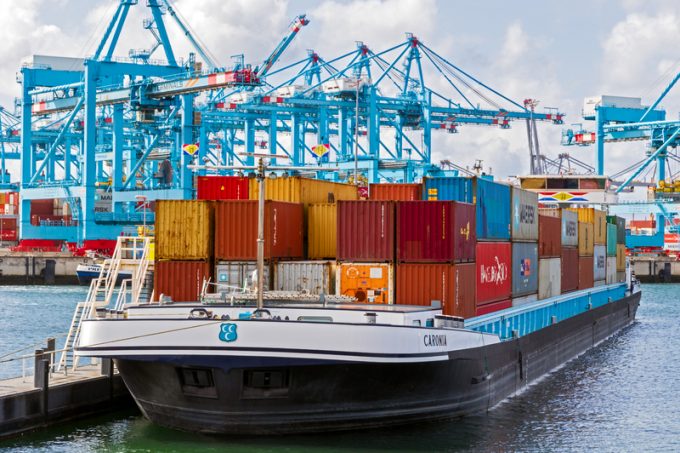Hapag chief bullish on demand growth, 'thanks to higher schedule reliability'
Hapag Lloyd expects its above-average Q1 market growth to sustain in Q2, CEO Rolf Habben ...

Storms and shipping surcharges are heaping misery on cargo owners waiting for freight on Northern Europe’s beleaguered inland waterways.
Over the past fortnight, wait times at Rotterdam’s barge terminal have more than doubled, to 77 hours and, while Antwerp’s congestion has decreased slightly, shippers are still ...
Keep our news independent, by supporting The Loadstar
Four crew members still missing as Wan Hai 503 continues to burn
Explosions and 'out-of-control' fire reported on Wan Hai box ship
Carrier price hikes hold, driving spot rates higher as space gets scarcer
Crew forced to abandon ship in latest fire on vessel carrying EVs
The Loadstar Podcast | Transport Logistic and Air Cargo Europe 2025
Transpacific rates ease as capacity boost proves too much for trades to digest
Turkish Airlines falls foul of air safety regulations, claims India's aviation authority

Comment on this article